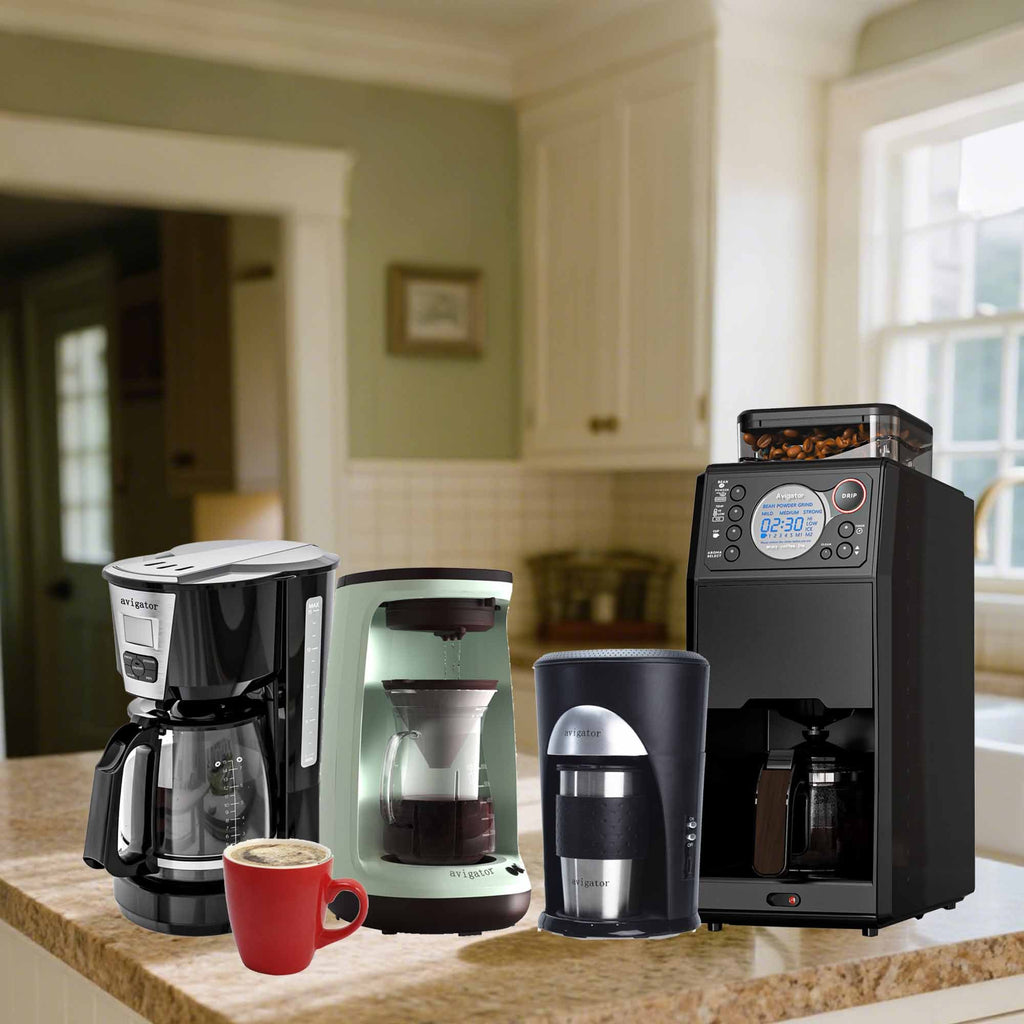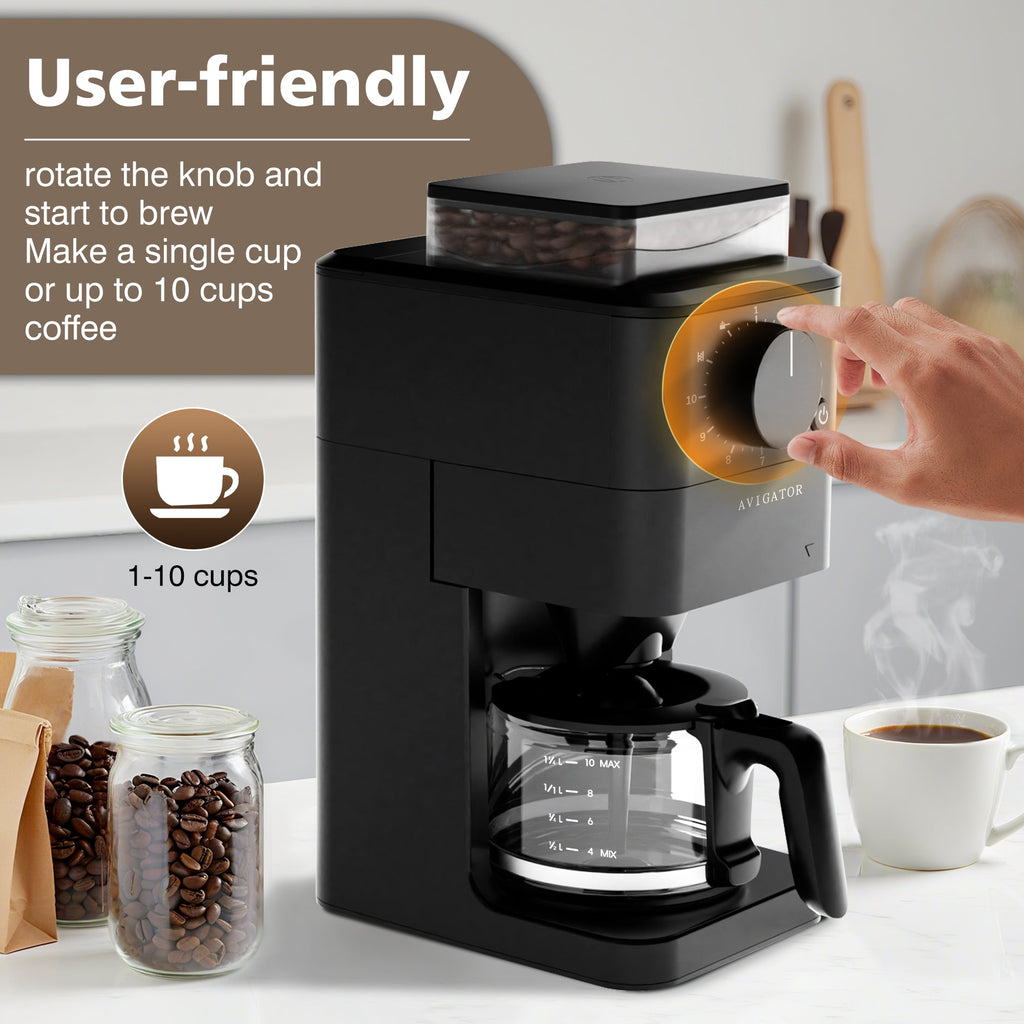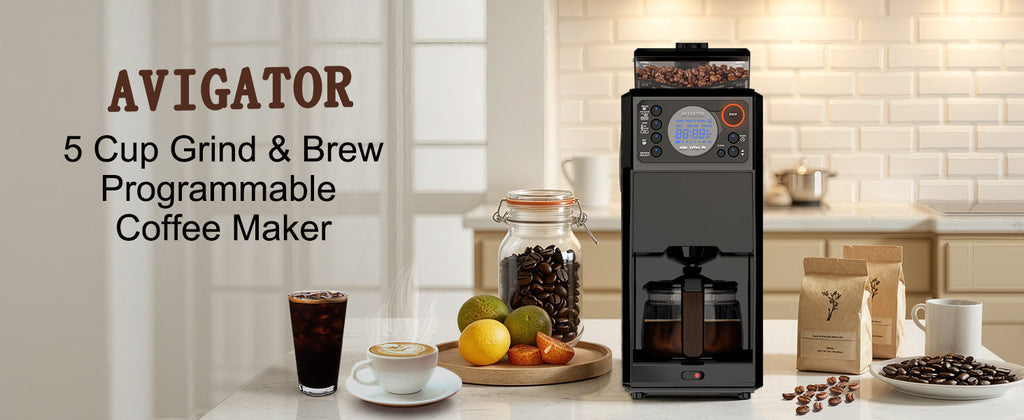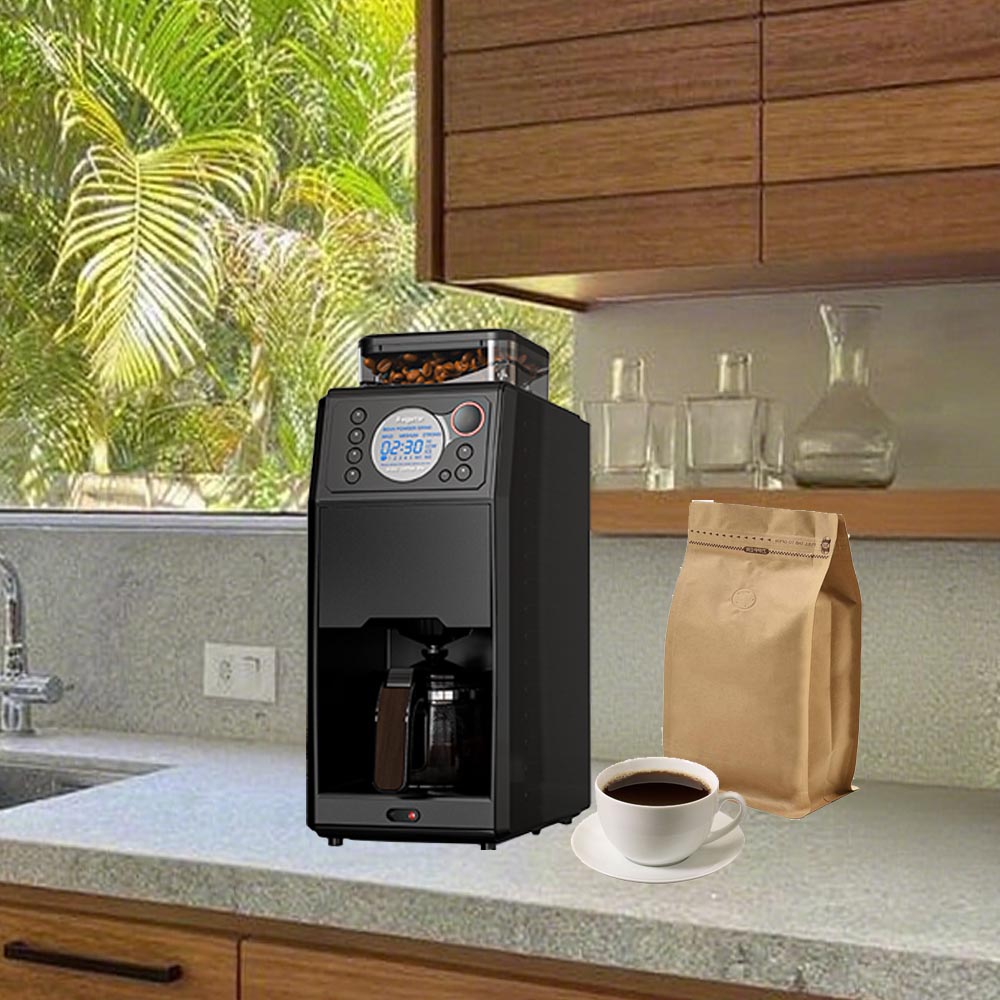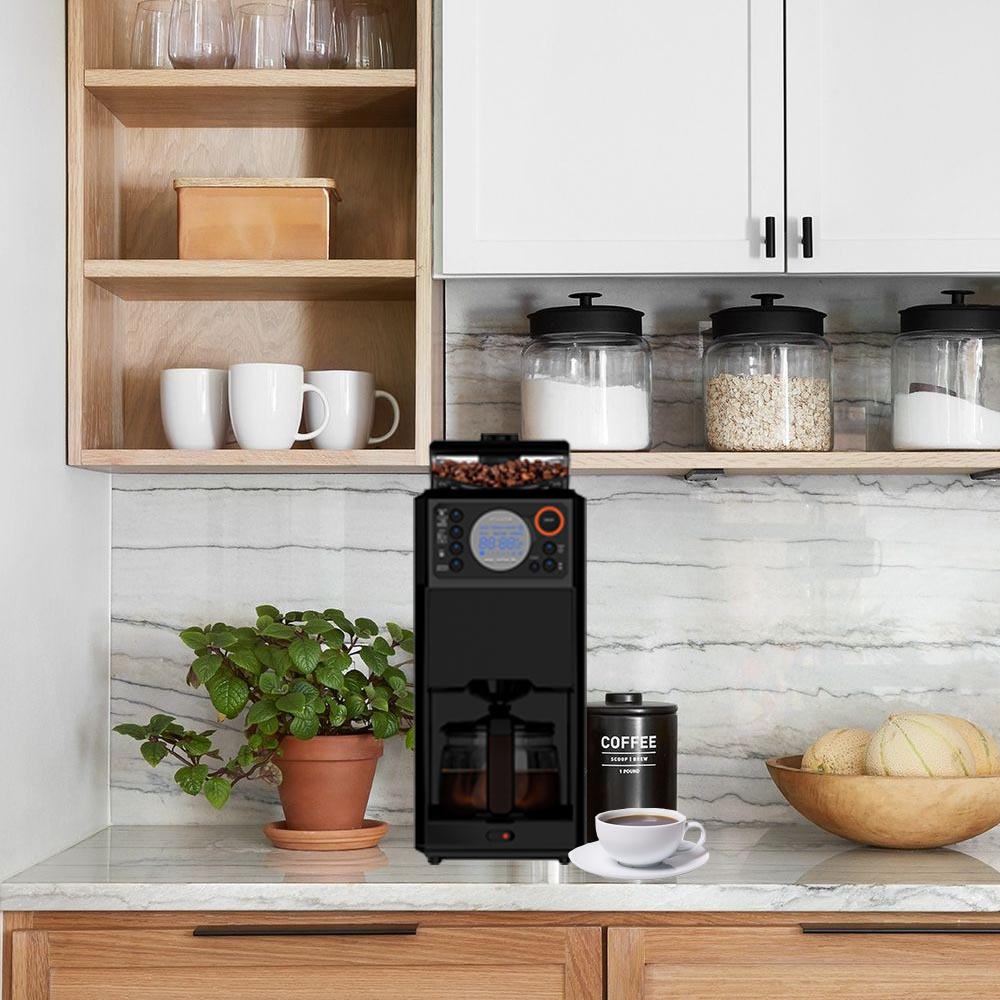
Best Coffee Maker Essential Features Every Home User Should Consider

For millions of households worldwide, coffee is not just a beverage; it’s part of the daily routine. According to the National Coffee Association (NCA), 65% of Americans drink coffee daily, with the average consumer enjoying more than three cups per day. With such consistent demand, choosing the right coffee maker at home is no longer just about convenience — it’s about ensuring your daily brew is efficient, cost-effective, and fits your lifestyle.
But here’s the challenge: the coffee maker market is crowded. From drip coffee makers to espresso machines and single-serve pod systems, the variety can feel overwhelming. What features are truly essential for home users? How do you separate marketing noise from functional benefits?
Best Coffee Maker Essential Features Every Home User Should Consider
This guide breaks down the core features every home user should evaluate before buying a best coffee maker, using case studies, factual data, and realistic comparisons. Whether you’re upgrading your current machine or buying your first one, the insights here will help you make an informed choice.
1. Brewing Capacity and Cup Size Options
The first factor that directly affects user satisfaction is brewing capacity. Coffee makers typically range from single-serve (8–12 oz) to large drip systems (10–14 cups per cycle).
-
Case Example: A 2022 survey by Statista revealed that 53% of coffee drinkers prepare coffee for more than one person at home. In such households, a 10–12 cup drip coffee maker proves more practical than a pod-based machine.
-
For single professionals or small households, however, single-serve coffee makers or small-capacity drip brewers are often more energy-efficient and minimize waste.
Tip for Buyers: Look for models that provide flexibility — for example, a dual-brew system that allows both single-serve and full-pot brewing. This ensures adaptability as family needs change.
2. Brewing Technology: Drip vs. Pod vs. Espresso
The method of brewing determines not only flavor but also cost per cup.
-
Drip Coffee Makers: Still the most common in American homes. Affordable upfront and allow control over ground coffee selection.
-
Pod Coffee Makers: Extremely convenient but come with higher long-term costs. According to Consumer Reports, a pod-based cup can cost three to five times more per serving compared to ground coffee.
-
Espresso Machines: Higher upfront investment but ideal for users who want barista-style beverages. Modern semi-automatic models often include milk frothers.
Realistic Insight: A household spending $15 per week on pod coffee could spend nearly $780 annually, compared to around $200–$250 for ground coffee when using a drip system.
3. Grinder Integration and Grind Size Control
Freshly ground beans make a noticeable difference in taste. Coffee starts losing flavor within 15 minutes of grinding due to oxidation.
-
Machines with built-in grinders save time and space while ensuring consistent grind quality.
-
Adjustable grind size settings let users switch between coarse grinds (for drip brewing) and fine grinds (for espresso).
Case Study: In a test by America’s Test Kitchen, brewed coffee from freshly ground beans scored 25% higher in blind taste evaluations compared to pre-ground coffee.
4. Temperature Stability and Heating Systems
Brewing temperature plays a critical role in flavor extraction. The Specialty Coffee Association (SCA) recommends a range of 195–205°F (90–96°C).
-
Look for coffee makers with precise digital temperature controls.
-
Models with dual heating systems (one for brewing, one for steaming milk) avoid inconsistencies common in cheaper units.
Industry Data: Machines certified by the SCA are proven to hold stable temperatures, which results in less bitterness and more balanced flavor.
5. Carafe Options: Glass vs. Thermal
Choosing between a glass carafe with a hot plate or a thermal carafe impacts both flavor and usability.
-
Glass Carafe + Warming Plate: Keeps coffee hot but can overheat after 30–40 minutes, leading to burnt taste.
-
Thermal Carafe: Uses insulation to maintain temperature for hours without altering flavor.
Case Study: A thermal carafe maintained coffee at 170°F for over 3 hours in a Consumer Reports lab test, while glass carafes lost freshness after 45 minutes.
6. Water Reservoir and Filtration Systems
Water quality directly influences taste.
-
Removable water reservoirs make refilling and cleaning easier.
-
Built-in water filters reduce chlorine and mineral content, extending both flavor quality and machine lifespan.
Fact Check: The U.S. Environmental Protection Agency notes that chlorine levels in tap water can reach up to 4 mg/L, which often alters coffee taste. Coffee makers with charcoal filters minimize this effect.
7. Programmable Features and Smart Controls
Convenience is a priority for many households.
-
Programmable Timers: Allow users to wake up to freshly brewed coffee.
-
Brew Strength Control: Adjusts extraction time for mild vs. strong coffee.
-
App Connectivity: Higher-end machines now integrate with smart home systems.
Market Trend: A 2023 report by Technavio projected the smart coffee maker market to grow by $1.65 billion between 2023–2027, driven largely by remote brewing features.
8. Energy Efficiency and Cost of Ownership
While often overlooked, energy consumption affects long-term costs.
-
Case Example: A drip coffee maker with a hot plate can use 60–70 kWh annually, while a pod machine averages 100–150 kWh due to frequent reheating cycles.
-
Energy-efficient models with auto shut-off reduce wasted electricity and improve safety.
Tip: Look for models with Energy Star ratings or auto power-down features.
9. Cleaning and Maintenance Requirements
Ease of cleaning extends both machine life and coffee quality.
-
Descaling cycles remove mineral buildup from hard water.
-
Dishwasher-safe parts simplify cleaning.
-
Pod systems generally require less frequent deep cleaning but still benefit from descaling.
Data Point: The NCA notes that nearly 30% of consumers replace coffee machines within 3 years, often due to clogging and buildup. Regular maintenance can double that lifespan.
10. Price vs. Long-Term Value
While upfront cost is important, total cost of ownership often tells a clearer story.
-
Budget Drip Makers: $40–$70, lifespan 2–3 years.
-
Mid-Range with Grinder + Thermal Carafe: $150–$300, lifespan 5–7 years.
-
High-End Espresso Systems: $500–$2,000, lifespan 7–10 years with maintenance.
Case Study: A family of four using a $200 drip machine with ground coffee saves over $500 annually compared to relying on daily café visits.
11. Noise Levels and Household Fit
Noise is an overlooked factor for home users, especially in apartments.
-
Pod machines tend to be quieter.
-
Built-in grinder machines can be loud during the grind cycle.
Practical Tip: Check decibel ratings where available. A grinder operating above 75 dB can be disruptive in open-plan homes.
12. Safety Features
With electrical appliances, safety is non-negotiable.
-
Auto shut-off timers reduce fire hazards.
-
Cool-touch exteriors protect households with children.
-
Overheat protection sensors extend machine durability.
13. Compatibility with Coffee Filters and Pods
Different machines require different inputs:
-
Reusable filters reduce long-term waste.
-
Pod systems vary in compatibility — some lock users into proprietary pods.
-
Drip systems generally work with standard paper filters, but gold-tone reusable filters are becoming common.
Sustainability Note: According to the Atlantic, over 56 billion single-use coffee pods end up in landfills annually. Reusable filter options can help reduce this footprint.
14. Warranty and After-Sales Support
Durability is not just about design — it’s about support.
-
Most budget machines offer 1-year warranties, while premium brands extend coverage to 3–5 years.
-
Availability of replacement parts is crucial.
Example: Brands like Breville and Technivorm maintain parts support for older models, making them better long-term investments compared to cheaper alternatives.
15. Case Study: Comparing Two Real Users
-
Household A: A working couple with two children purchased a $250 thermal-carafe drip system with grinder. Their average cost per cup is $0.20, and they save time by grinding and brewing in one step. Maintenance requires monthly descaling. Machine has lasted 5 years with no issues.
-
Household B: A single professional opted for a pod-based system at $120. Convenience is unmatched, but average cost per cup is $0.70–$0.80. Over two years, coffee spending nearly doubled compared to ground-based brewing.
The case highlights that choosing features aligned with lifestyle and usage volume makes the biggest difference in long-term satisfaction.
Conclusion
Choosing the best coffee maker for home use is less about the brand name and more about evaluating the essential features that fit your household routine. Brewing capacity, technology type, grinder integration, carafe design, and maintenance requirements all play a role in the daily experience.
Data and real-world case studies confirm that:
-
A well-selected drip or dual-brew system offers the best balance of cost-effectiveness and flexibility.
-
Espresso systems pay off for those who value café-style drinks at home.
-
Pod machines win on convenience but carry higher ongoing costs and environmental concerns.
By weighing these factors against your own coffee habits, you ensure that the coffee maker you choose becomes a reliable partner in your daily routine rather than a short-lived appliance.

